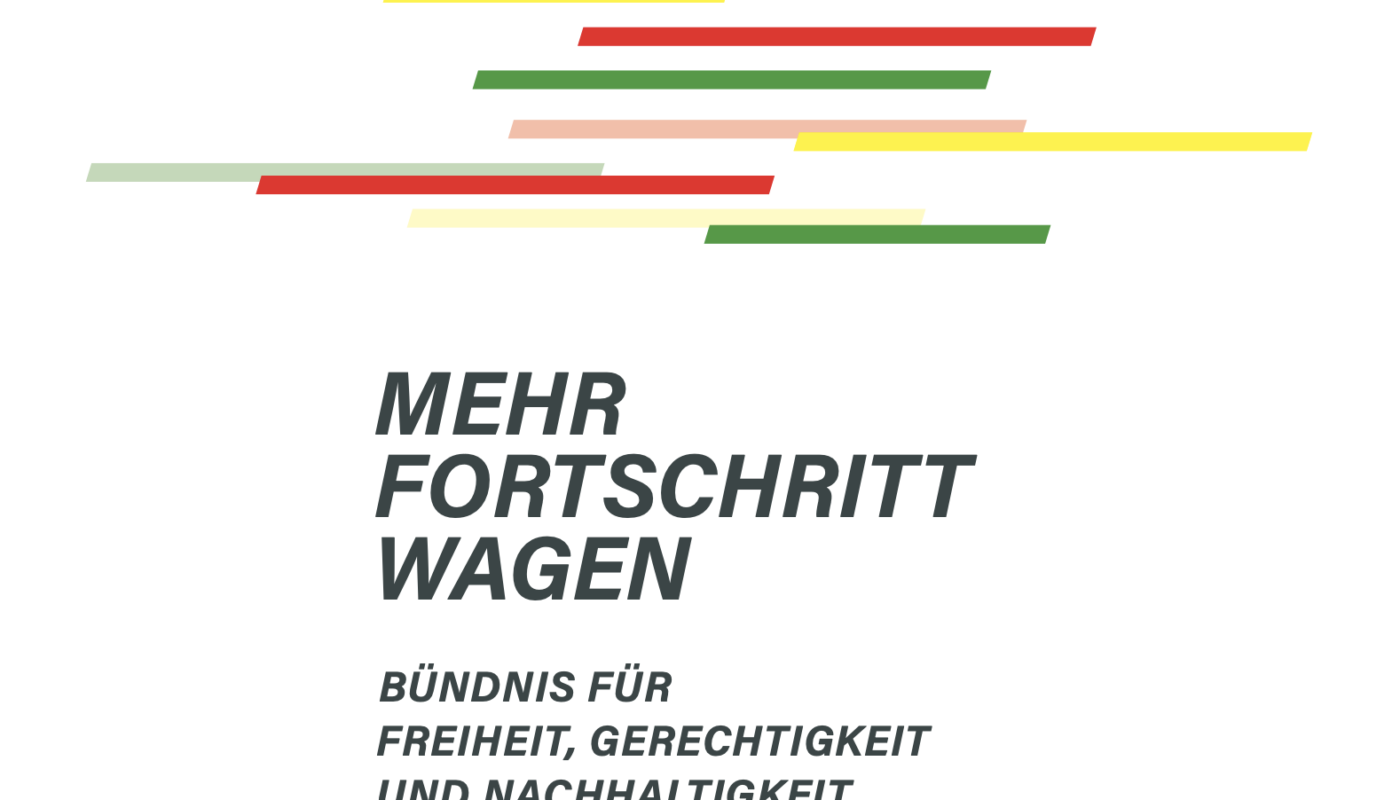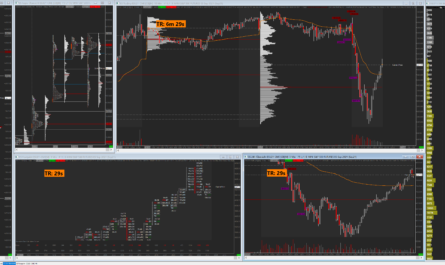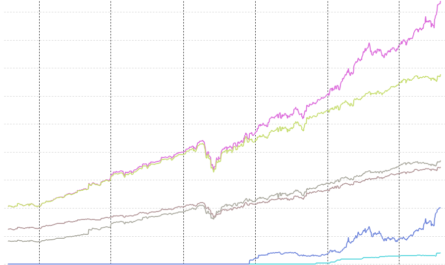The first year in office for the traffic light government was certainly not an easy one. Politicians had to deal with numerous crises, or mitigate them for the citizens of our country, without putting their own state budget and the economy in too much of a bind. The coalition of left-wing, green and liberal politics certainly brought some heated debates to light; constantly, some party had to compromise in order to arrive at a solution that could win a majority. In order to get their own ideas and approaches implemented, individual arguments had to be fleshed out even better, which ultimately probably led to very good solutions for all sides. The more heated the debates, the better the outcome in the end.
In fact, a lot will change for us investors this year. In this article, we would like to summarize the most important changes for the year 2023 for our readers.
More net from gross
Probably the most important change for 2023: Even without a salary adjustment by the employer, employees will have more money in their pockets starting with their January salary. The reason is a further increase in the basic tax-free amount and thus the amount from which income tax must be paid. For singles, this will rise by 561 euros to 10,908 euros, bringing married couples and registered partners to 21,816 euros. Of course, the increase also raises the amount at which the top tax rate applies: in future, this will be applied from an annual income of 62,810 euros.
Child benefit will be standardized and increased
Families with children can also rejoice: from 2023, they will receive a uniform amount of 250 euros per child and month. Previously, the first and second child each received 219 euros, the third 225 euros and the fourth 250 euros.
Higher pensions
Pensioners will also receive more money from 2023. In the west, they will receive an average of 3.5% more, while in the east 4.2% will be added to the previous payment.
Better opportunities to earn additional income
Anyone who wants to earn additional money as a pensioner or employee via a midijob, or who simply wants to do so as a student or pupil, will be able to earn up to 2,000 euros at a reduced rate from January 1, 2023. Up to this income, employees pay only very low social security contributions. Previously, the limit was 1,600 euros.
The tax-free amount increases
Those who receive money from dividends, interest or share profits will in future only have to pay tax on these from an amount of 1,000 euros. Previously, this limit was 801 euros. In the case of married couples, the tax-free amount will be doubled as before, rising from 1,602 to 2,000 euros. After that, the flat rate withholding tax of 25% will continue to apply, plus the solidarity contribution and any church tax. For junior dependents, the child allowance will increase from 8,548 to 8,688 euros per year.
Health insurance will become more expensive
At the turn of the year, many statutory health insurance funds increased their additional contribution, which may also be reflected in the amount paid out in the pay slip. On average, this increases by 0.3 percentage points to 1.6%. In the case of individual health insurance funds, however, the contribution rate can also rise by 0.5 percentage points, which already amounts to 100 euros a year for an annual salary of 50,000 euros. However, health insurers such as Techniker Krankenkasse have not turned the price screw any further.
In addition, the income threshold for assessing contributions will rise from 4,837 to 4,987 euros. High-income earners also pay more contributions for statutory pension insurance. Here, the assessment ceiling rises to 7,300 euros in the West and 7,100 euros in the East.
Changes in tax returns
Employees will again be able to claim the home office allowance in 2023. This year, however, there is a little more than a year ago with 6 euros per month – but this is limited to a maximum of 210 days. The new maximum amount for a real study is 1,260 euros. In the case of residential construction, the depreciation modalities are changing. For example, the total depreciation period will be reduced from 50 to 33 years. In the future, e-cars will receive a lower subsidy, and hybrid vehicles will no longer be subsidized at all.
Gas and electricity price brake
In addition, starting this year electricity and gas customers, whose operating costs have risen sharply due to the Russian war in Ukraine, are to be relieved. The gas price brake will reduce the price to 12 cents per kilowatt hour, but this will only apply to the first 80% of the previous year’s consumption. For the remaining 20%, or even any additional consumption, customers will have to pay the usual market prices for their own gas tariff. Those who save are thus relieved to a greater extent. The electricity price brake is applied in a similar way, with the price here being reduced to 40 cents per kilowatt hour.
Both price brakes take effect from March, the relief is then to be settled retroactively for January and February. In December the state already paid the discount for gas customers. Tenants will receive this relief in the course of the year with their final bill.







